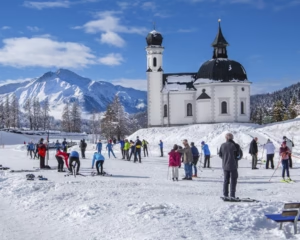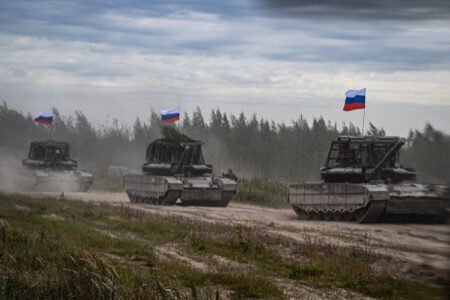New York is one of the most influential and diverse states in the United States, known for its rich history, cultural landmarks, and significant economic power. Located in the northeastern part of the country, New York borders New Jersey and Pennsylvania to the south, Connecticut, Massachusetts, and Vermont to the east, and Canada to the north and west. The state’s landscape is diverse, ranging from the bustling urban environment of New York City to the serene natural beauty of the Adirondack and Catskill Mountains, as well as the Hudson River Valley and the Great Lakes. This diversity in geography contributes to New York’s unique character and wide range of opportunities for residents and visitors alike.
At the heart of the state lies New York City, the most populous city in the United States and a global center for finance, culture, art, and media. The city consists of five boroughs: Manhattan, Brooklyn, Queens, The Bronx, and Staten Island. Each borough has its own distinct culture and atmosphere, making New York City one of the most dynamic places in the world. Famous for landmarks such as the Statue of Liberty, Times Square, Central Park, and the Empire State Building, the city attracts millions of tourists annually. It also hosts the headquarters of the United Nations, emphasizing its role on the international stage. With a population exceeding eight million people, New York City is a melting pot of cultures, languages, and ethnicities, reflecting the American experience of immigration and diversity.
Historically, New York played a crucial role in the development of the United States. Originally inhabited by Native American tribes including the Lenape, the area was explored and settled by the Dutch in the early 1600s. Known then as New Amsterdam, the city was taken over by the British in 1664 and renamed New York. During the American Revolutionary War, New York was a key battleground and strategic location. In the 19th and early 20th centuries, New York City became the main gateway for immigrants arriving in America, with Ellis Island serving as the entry point for millions seeking new opportunities. This influx of diverse peoples shaped the cultural and social fabric of the city and the state as a whole.
New York’s economy is among the largest and most varied in the United States. The state benefits from a strong financial sector, particularly centered in New York City, home to the New York Stock Exchange and NASDAQ, two of the largest stock exchanges in the world. Besides finance, the state’s economy includes healthcare, manufacturing, professional services, technology, agriculture, and tourism. Upstate New York, in particular, contributes through agriculture and educational institutions, including prestigious universities like Cornell University and the University at Buffalo. New York University and Columbia University are two of the major academic institutions located in New York City, known for their research and cultural influence.
Culturally, New York is a powerhouse. It is home to world-renowned museums such as the Metropolitan Museum of Art, the Museum of Modern Art, and the American Museum of Natural History. The city’s Broadway district is synonymous with theater and musicals, drawing performers and audiences from around the globe. Music, literature, and the arts thrive in New York, making it a hub for creativity and innovation. The state’s diverse population supports a vibrant mix of traditions, festivals, and culinary experiences, reflecting the global cultures that have settled in the area over centuries.
Politically, New York has been a significant player in U.S. history. The state is governed by a governor and a bicameral legislature consisting of the State Assembly and State Senate. Urban areas, especially New York City, tend to vote Democratic, while some rural and upstate regions lean more conservative. This political diversity reflects the varied interests and needs across the state’s population. New York has produced influential political leaders and has often been at the forefront of major policy debates and social movements in the country.
Transportation in New York is highly developed, especially in the city where an extensive public transit system includes subways, buses, and commuter trains. Major airports such as John F. Kennedy International, LaGuardia, and Newark Liberty International serve millions of passengers annually. The state is also connected by a network of highways and railroads, facilitating commerce and travel.
Known as the Empire State, New York symbolizes wealth, opportunity, and resilience. It has shaped the nation’s history and continues to be a place of innovation and change. From the towering skyscrapers of Manhattan to the quiet beauty of its natural parks, New York remains a vital part of the American landscape, offering endless possibilities for those who live and work there.







